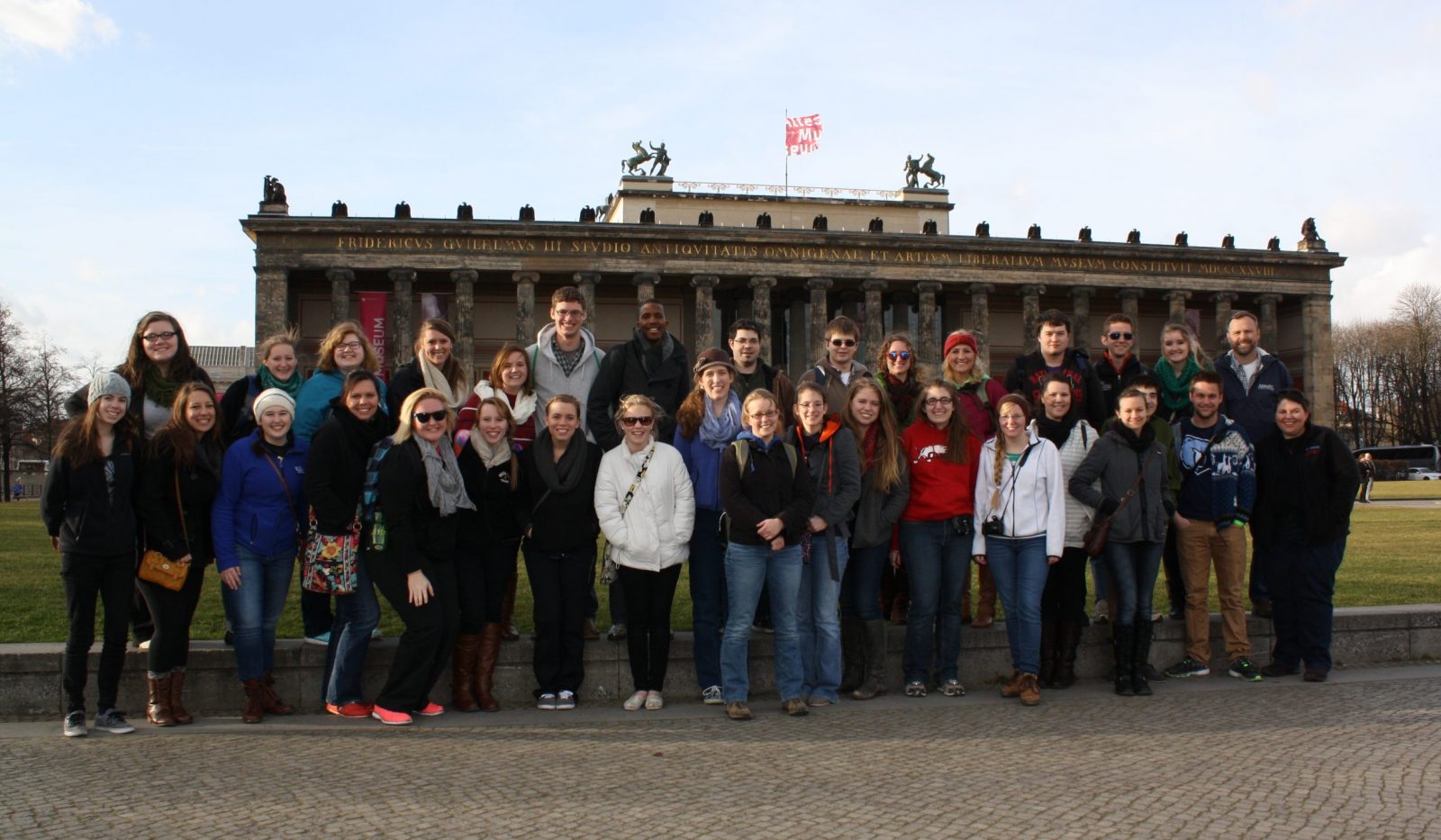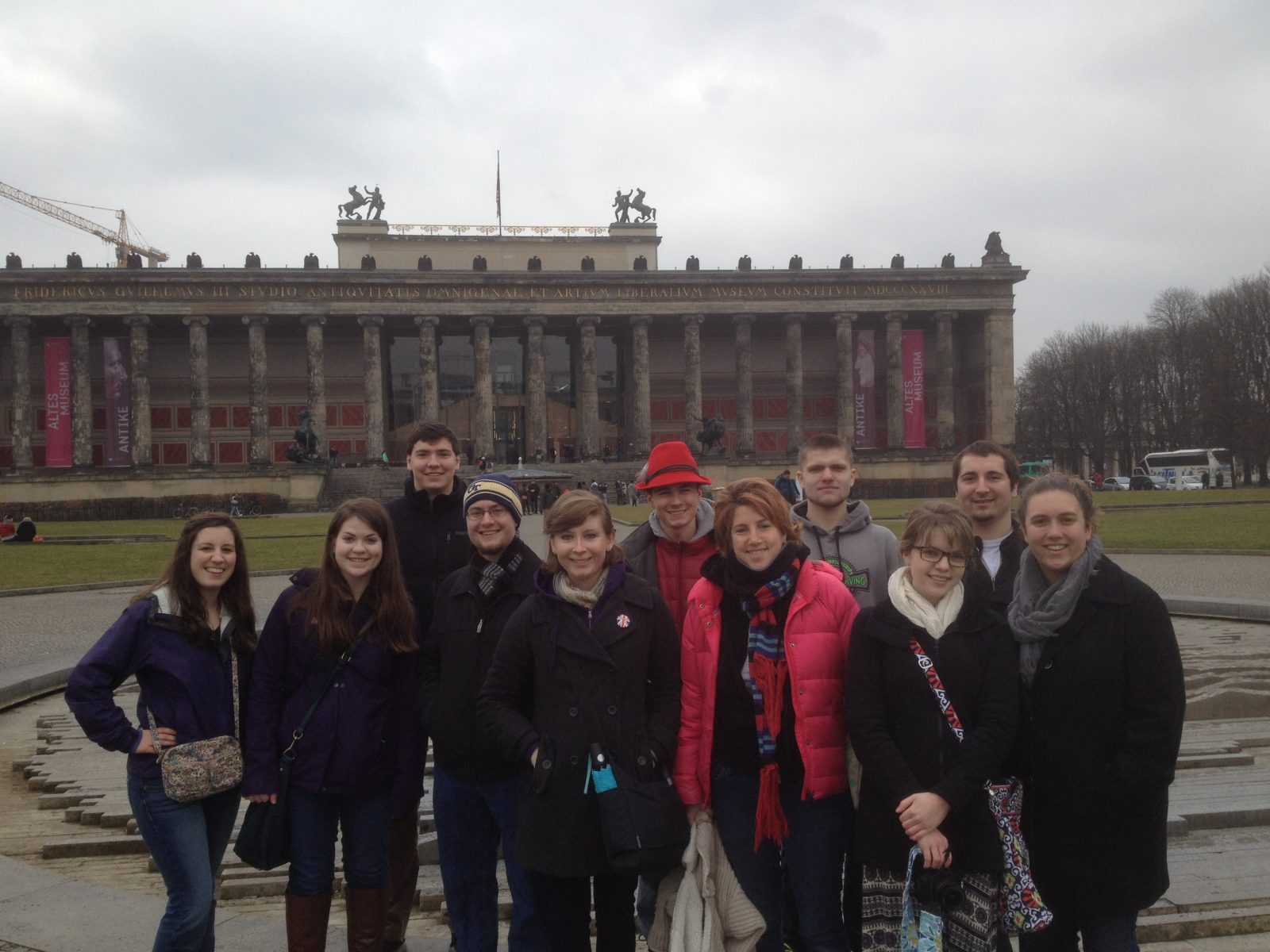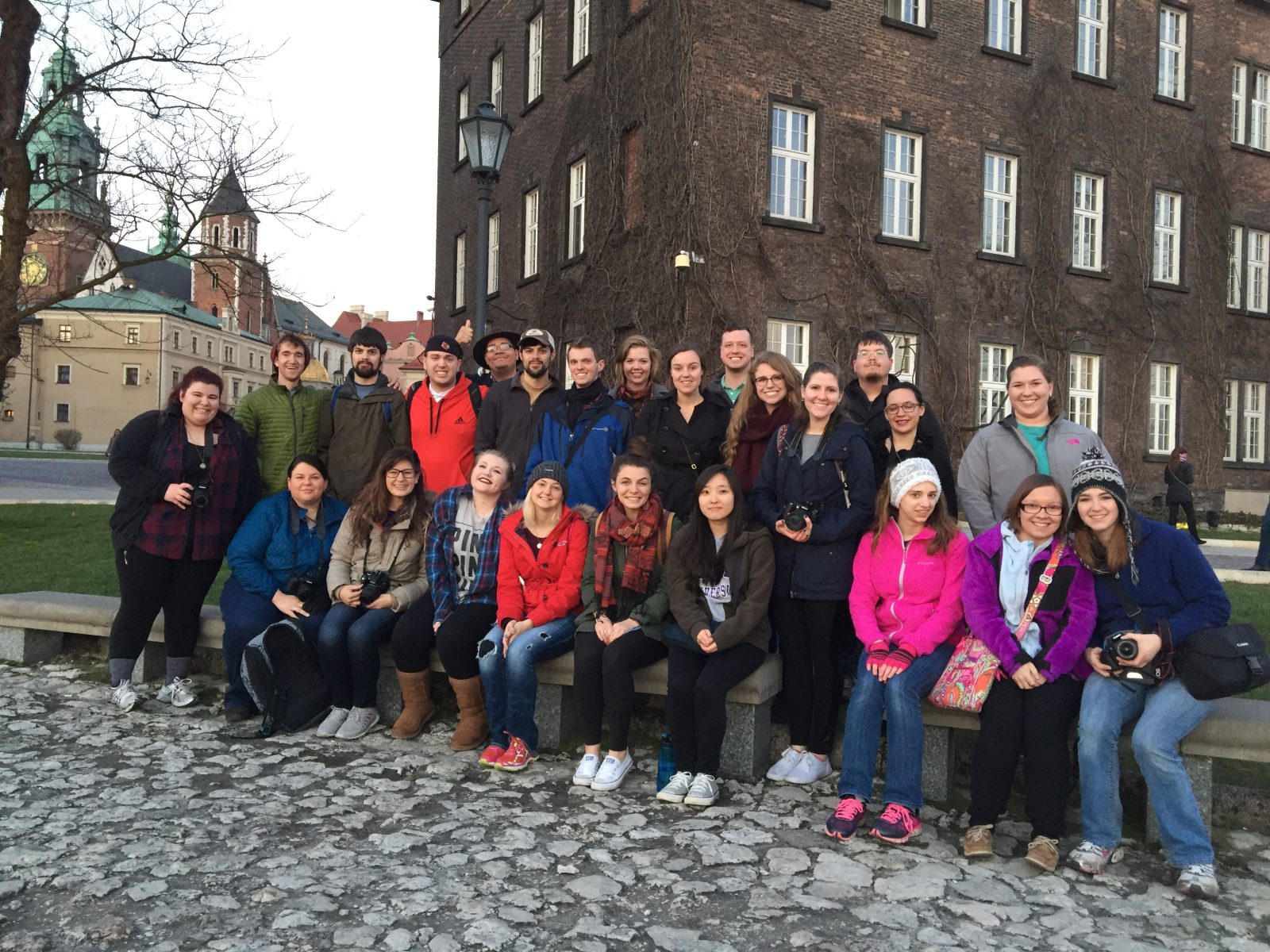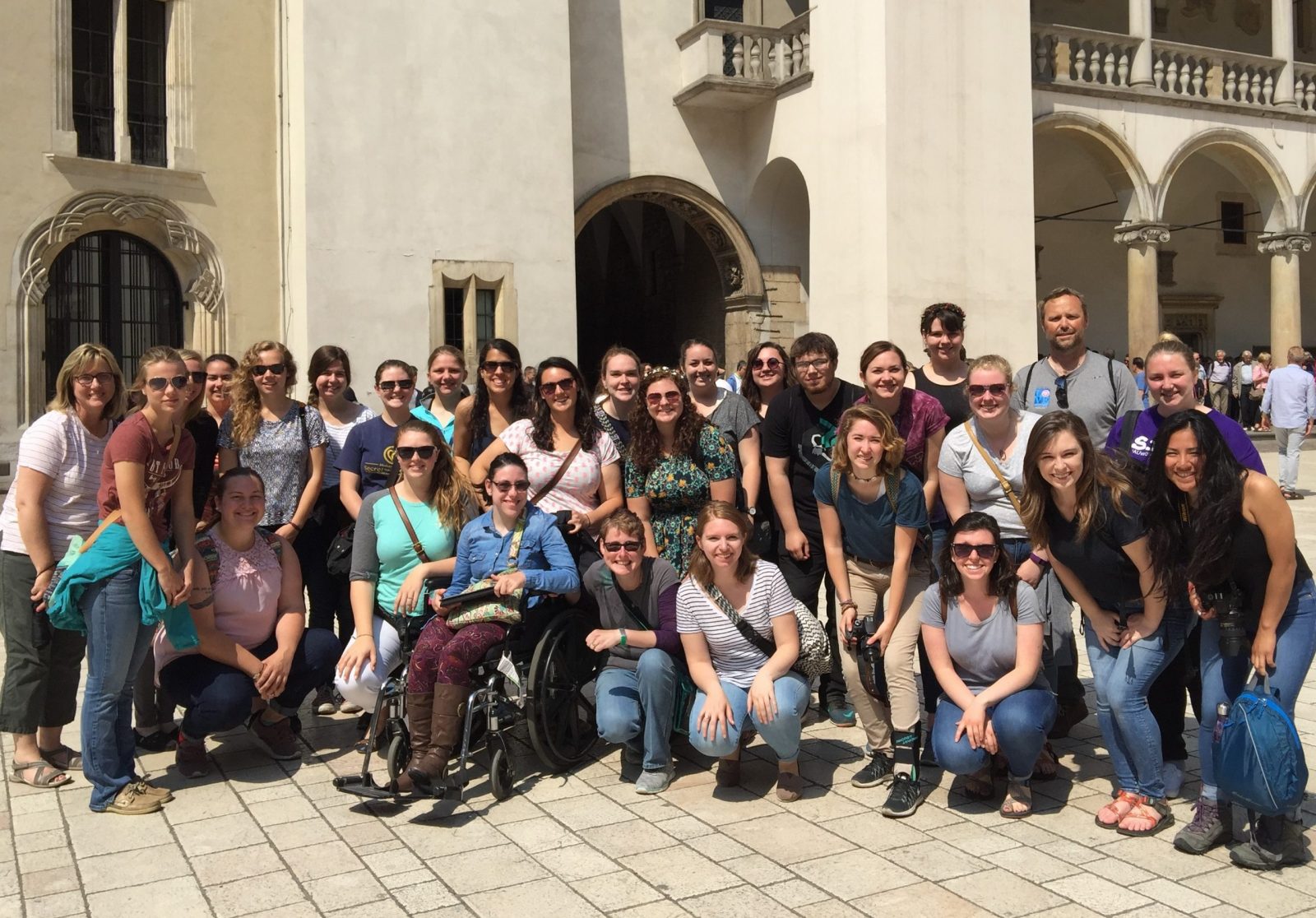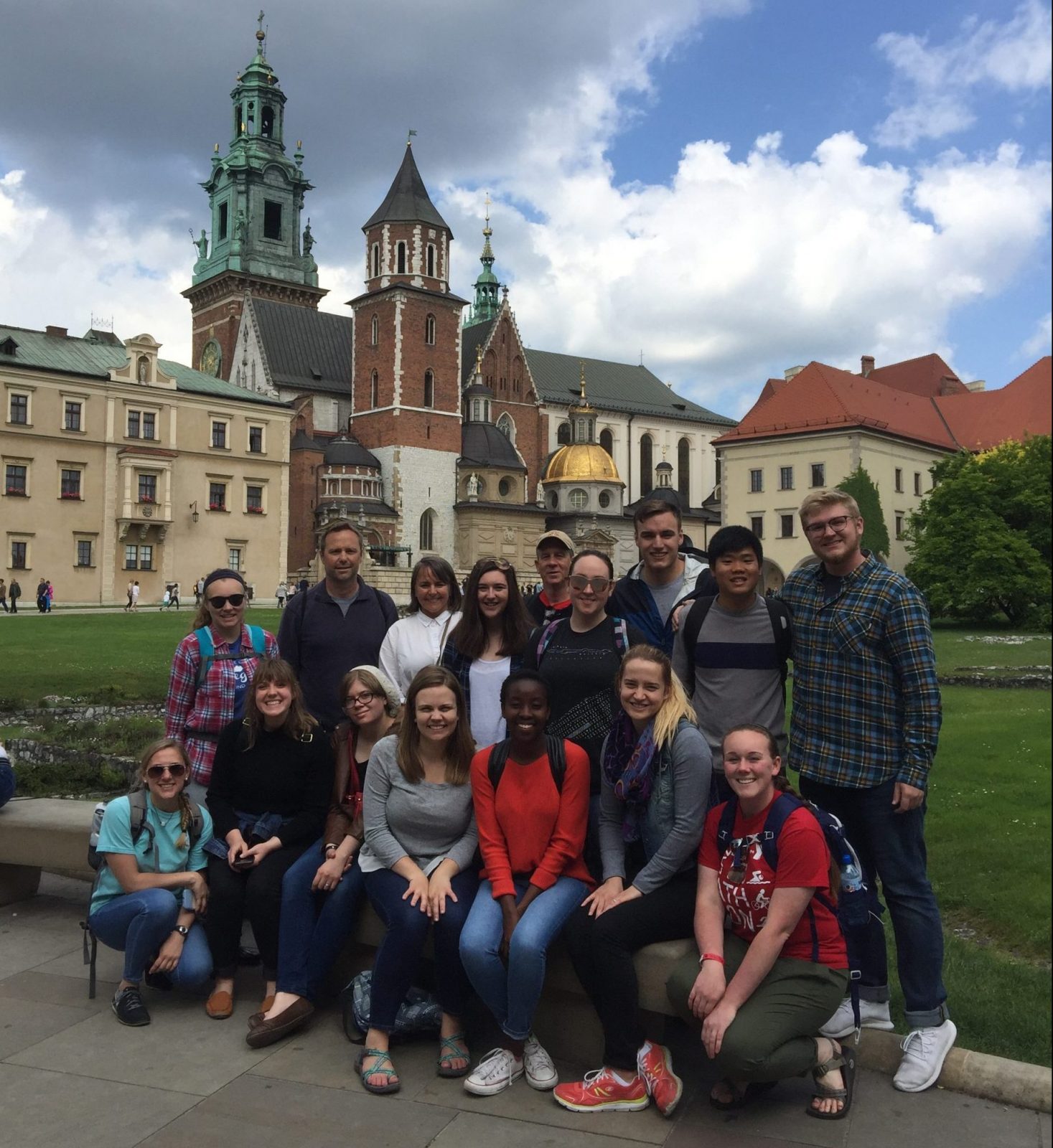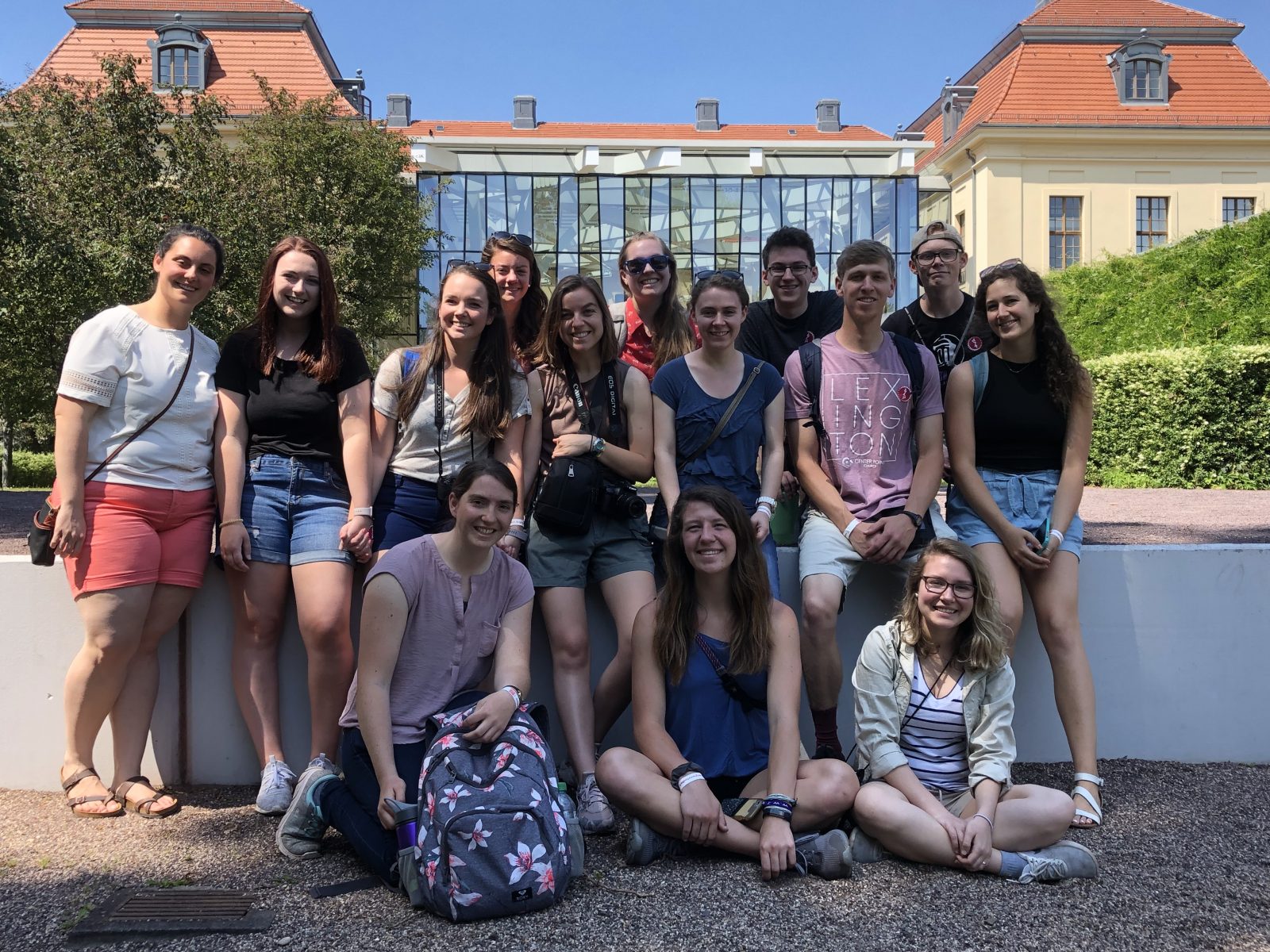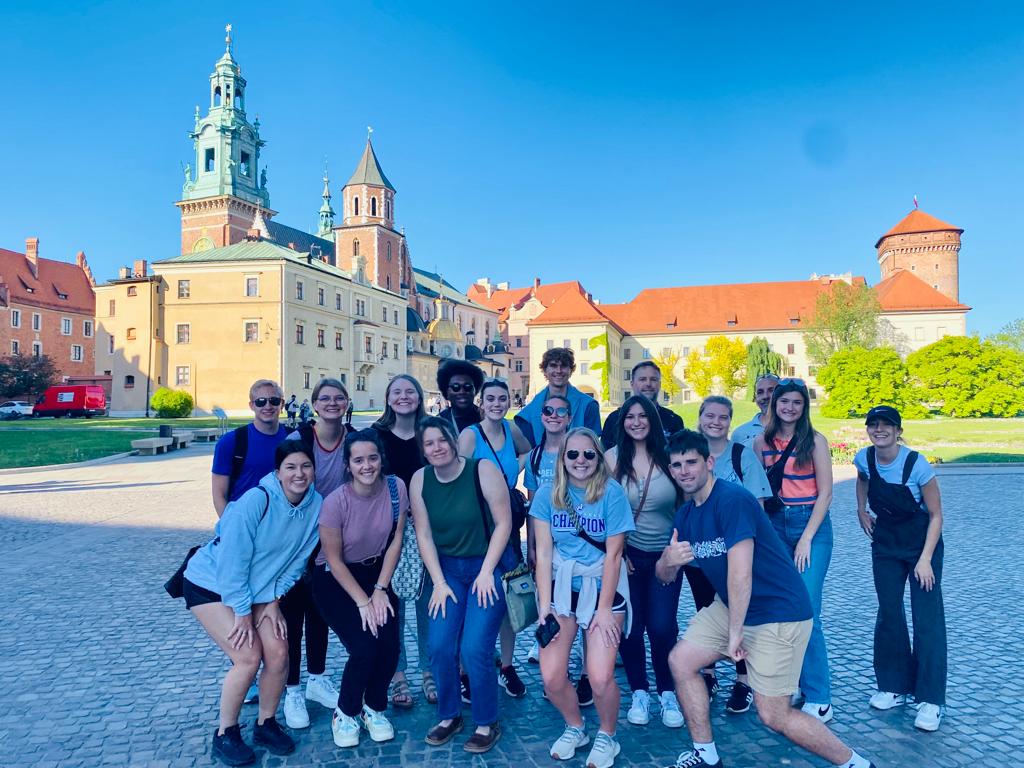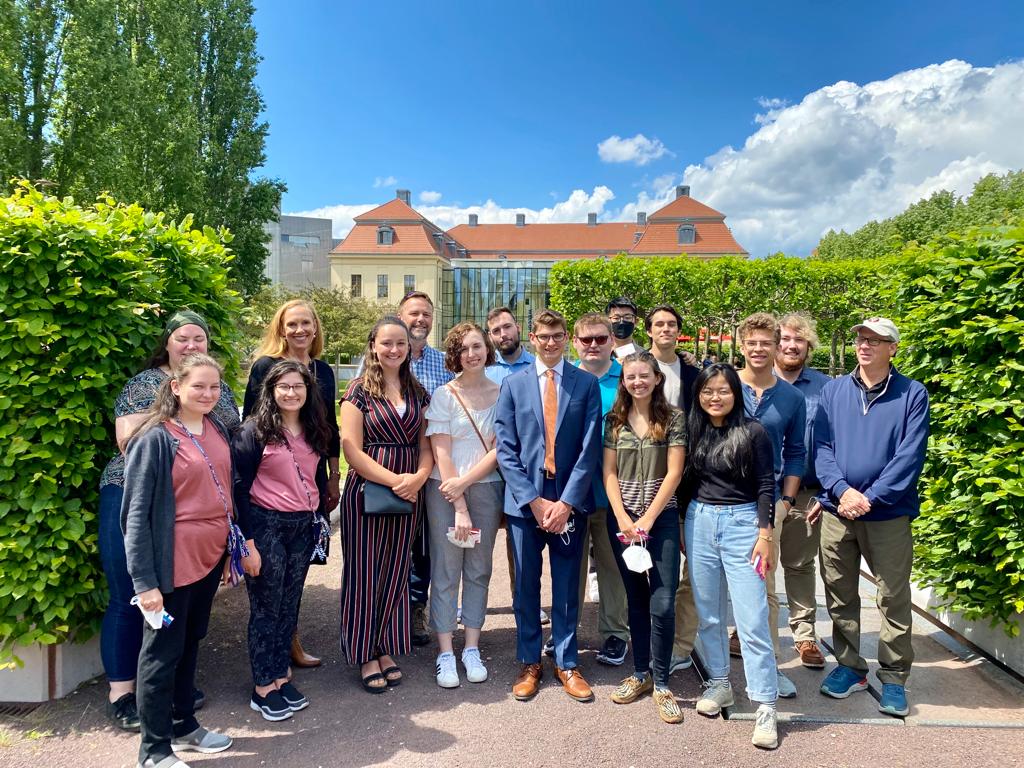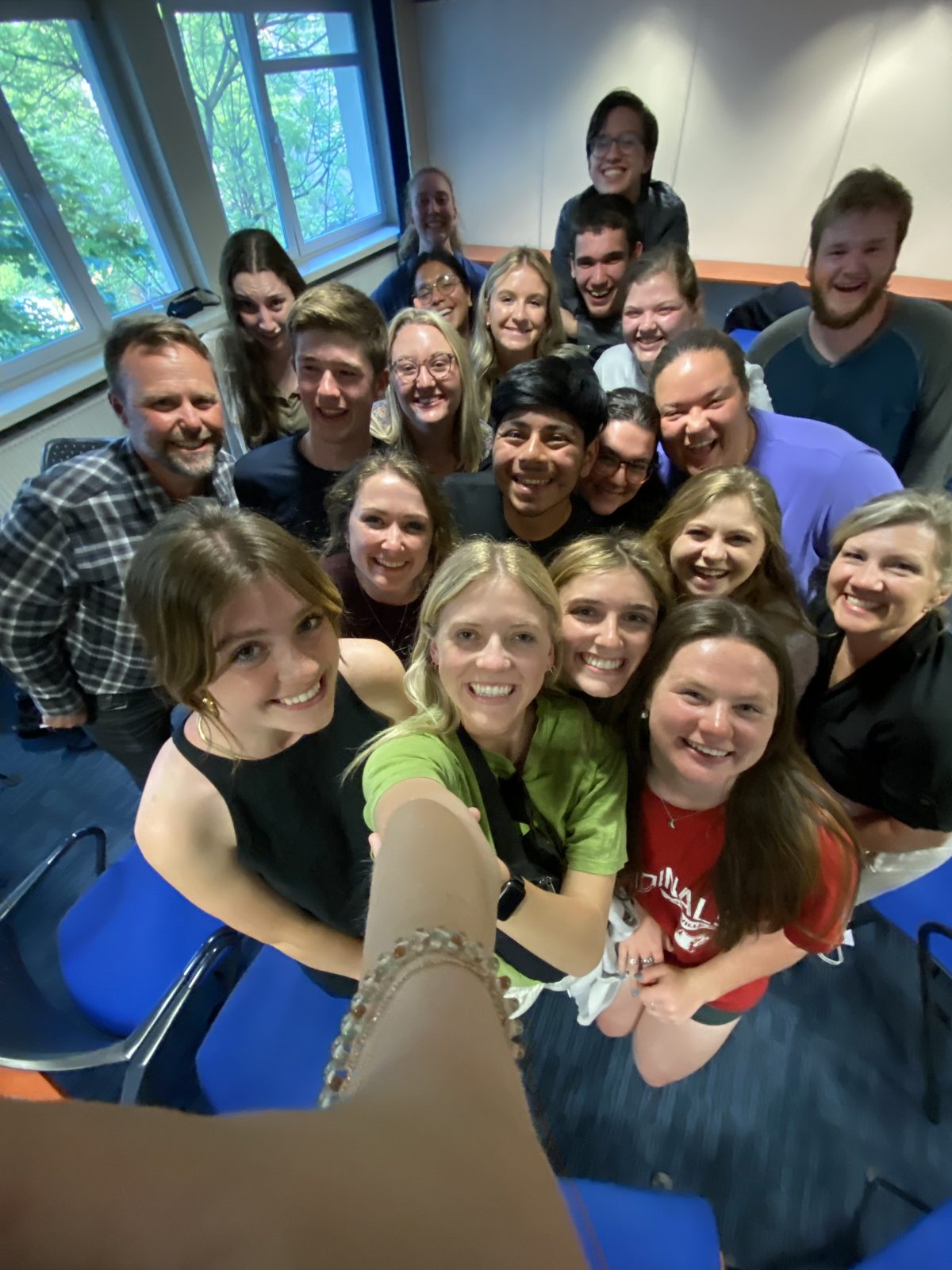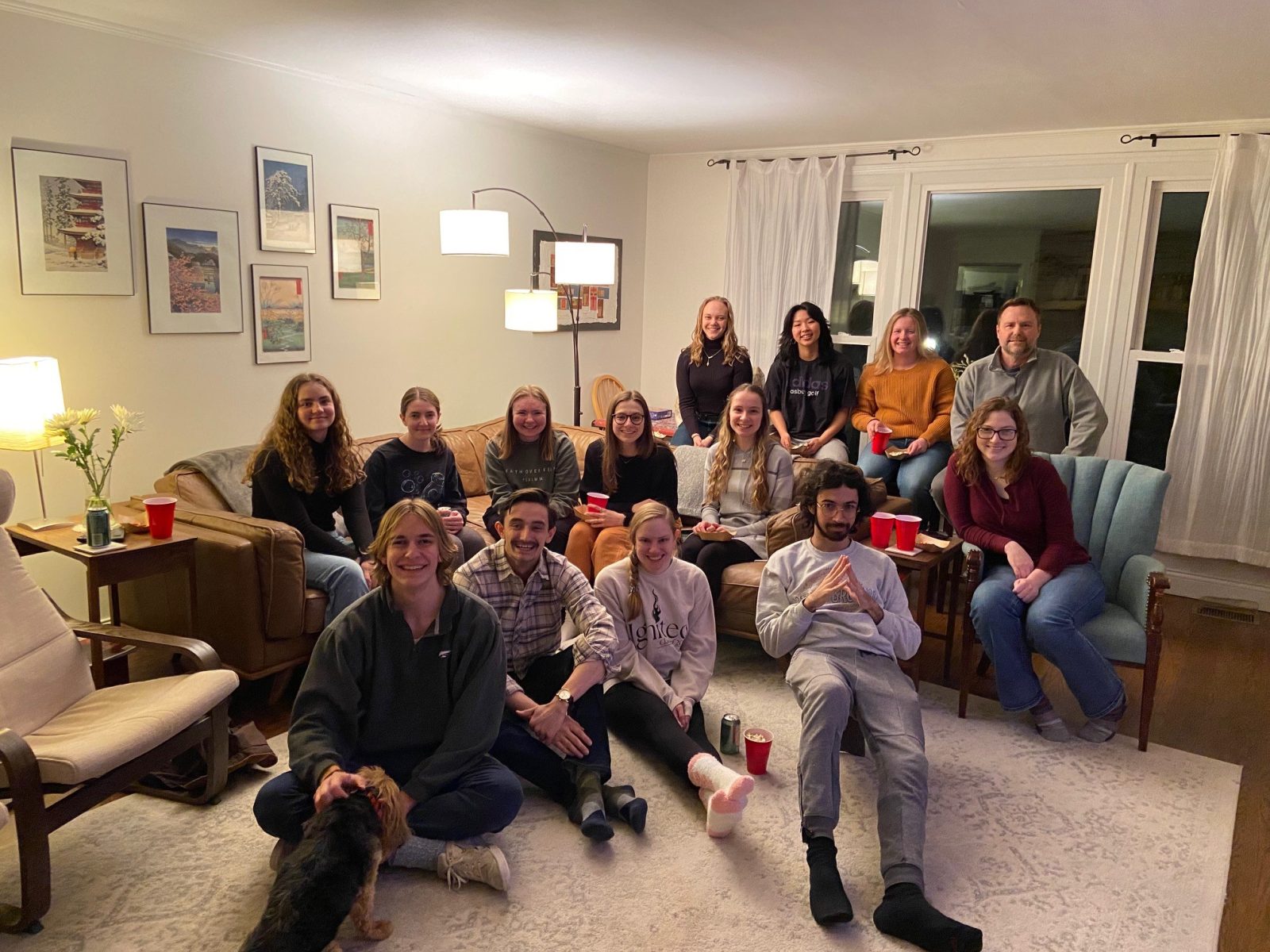Over the past 10 years I’ve had the privilege of leading a Holocaust-themed study abroad experience for undergraduates at Asbury University. After taking nearly 200 students to euthanasia memorials, concentration camps, and extermination centers, I have come to realize just how much courage it takes to say “yes” to a trip like this.
To make my case, here is a brief description of what a tour typically involves. The itinerary centers on two European cities – Berlin, Germany and Kraków, Poland. In Berlin (and the surrounding areas) students typically experience the following: an interaction with diplomats at the U.S. Embassy, a variety of museums (e.g., The Topography of Terror, The Jewish Museum), many memorials (Rosenstraβe Protest, Bebelplatz, Memorial to the Murdered Jews of Europe, Aktion T-4) and a series of guided tours through the Brandenburg Euthanasia Memorial, Sachsenhausen Concentration Camp, Ravensbrück Concentration Camp, and (new this year – a memorial in development) the Alt Rehse Nazi Medical Training Facility. (We also often spend a day in Wittenberg because, well, it’s Wittenberg and it’s just an hours’ train ride away!) In Kraków, students experience the Kraków Ghetto Memorial, the Płaszów Concentration Camp Memorials, Schindler’s Factory Museum, and Auschwitz I and II (Birkenau). This is an intense two-week lineup.
The travel-abroad component of the experience is prefaced with a series of 6 pre-trip team meetings taking place during the preceding spring semester. During these times, students gather to discuss assigned readings, watch a few documentary videos, and ask questions about the various features of the trip. This preparatory work, including the readings, amounts to about 25-30 hours of invested time.
On the trip itself, of course, some of the challenges students face are inherent in any study-abroad experience. Many undergraduates have never been to a foreign country, a few have never flown in an airplane. There is also the challenge of living for two weeks in a foreign country, working through time-zones and currency changes, and experiencing different foods, different languages, and different social customs.
On top of these common challenges is the macabre nature of the content in this course. On the tour, students are confronted with memorials, museums, and artifacts, chronicling some of the worst crimes of the 20th century (of human history?) and oftentimes in the precise location where these human horrors took place. A willingness to read about this ugly history is one thing, but to stand in these locations, to touch the barbed wire, to walk through the holding cells, roll-call yards, and even a gas chamber is quite another. The students know it will be emotionally taxing…and yet, so many of these 18- to 22-year-olds step forward and say, “yes, I want to go.” That takes enormous internal resolve and an extraordinary willingness on their part to allow themselves to be enveloped in this darkest of historical narratives.
In addition to the despairing nature of the subject matter, there is a growing awareness by many of the students regarding the challenges of interpretation and understanding that they will have to confront as the experience unfolds. Physically encountering this morally bankrupt history can be somewhat softened if we have convinced ourselves that the perpetrators were inhuman monsters, very different from us. But a willingness to psychologically draw near to these actors and to open oneself up to find a shared humanity with not only the victims but also the perpetrators, is quite daring. Going to these locations brings to life, in ways that are hard to describe, both the horror of what happened but also our shared humanity with the perpetrators. To learn that the SS guards and other functionaries were rather normal husbands and fathers in most other respects, forces students to ask deeper questions than they have previously been accustomed to asking about the human capacity for evil, the presence of justice in our world, and the nature of a loving God. To willingly go through that exercise, in fact, to be forced to confront the moral abyss of human inhumanity, requires a bravery that profoundly impresses me anew with each group of student travelers. To those who claim to see only timidity and softness in today’s students, I want to say that I see something else entirely.
To highlight these courageous souls, I’ve included pictures in this post of each of the teams I have had the privilege of leading over the years. (see below)
In conclusion, each year, in addition to the many students who go, I have several more who would like to go but who lack financial resources. If you would like to contribute financial support to a student who wants to go but cannot afford it, please contact Dr. Mark Troyer in Asbury Advancement at: [email protected].
